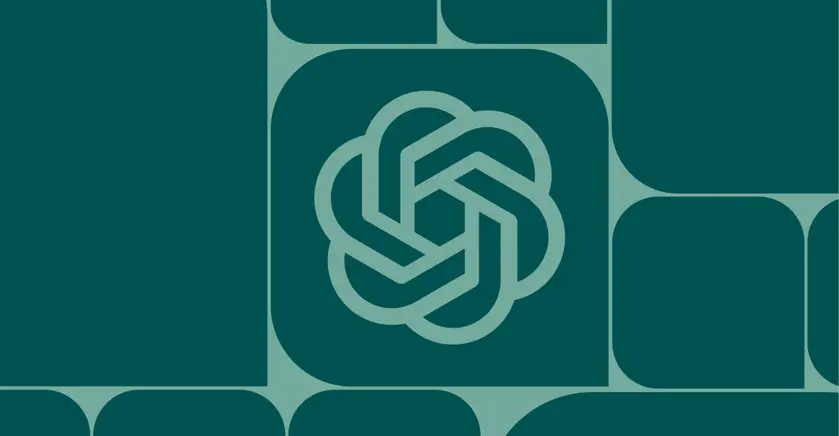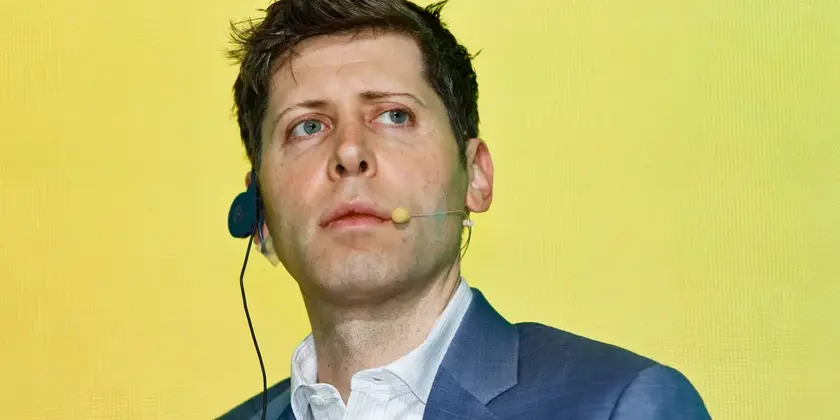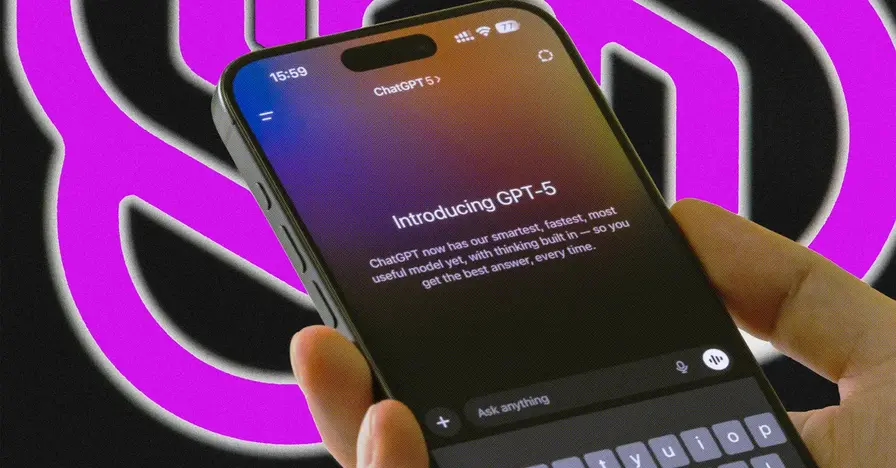T4K3.news
OpenAI backs off retirement of 4o after backlash
ChatGPT will keep 4o available as an opt-in option while expanding predictable changes, following user backlash to GPT-5.

OpenAI vows not to retire older models without warning after backlash over GPT-5 rollout, signaling a shift toward predictability for users.
ChatGPT keeps old models after GPT-5 backlash
OpenAI reintroduced 4o as an opt-in option for paying ChatGPT users after strong public backlash to the move to GPT-5. Nick Turley, OpenAI’s head of ChatGPT, told The Verge that retiring 4o first was a misstep and that many users formed a strong attachment to the model’s personality. CEO Sam Altman also weighed in, saying the update should feel not as annoying to most users as GPT-4o. The company says the change aimed to simplify model choices for its roughly 700 million weekly users, many of whom rely on the default option rather than selecting a model themselves.
Going forward, ChatGPT will not drop existing models without notice, Turley said, and OpenAI plans to extend the same predictability it uses for enterprise plans to more users. Despite the controversy, overall usage reportedly rose after GPT-5’s release, underscoring a divide between vocal power users and broad consumer audiences who are interacting with a new form of reasoning in AI tools.
Key Takeaways
"The idea that you have to figure out what model to use is cognitively overwhelming."
Reflects user frustration with model choice
"We’ll give people a heads up on when and how that’s gonna happen."
Turley on advance notice for retirements
"The update should feel not as annoying as GPT-4o."
Altman on user perception of the update
"They’re coming for a product, not a set of models."
Turley on moving toward a single product experience
The episode exposes a clash between product simplicity and emotional attachment to AI personalities. By prioritizing a single, default experience, OpenAI aimed to reduce cognitive load for casual users, but many users read 4o as part of the tool’s character. The company now signals a careful balance: keep innovations moving while preserving a sense of stability and awareness about upcoming changes. This move could become a template for other tech firms facing backlash when releasing new capabilities to millions of users.
For investors and enterprise customers, the shift matters because it hints at how quickly a company will introduce or retire features while maintaining predictable service. If predictability becomes a standard, firms may prioritize gradual rollouts and clearer notices over rapid, radical changes that disrupt daily workflows. The challenge ahead is maintaining trust as products grow more capable and the pace of change accelerates.
Highlights
- The idea that you have to figure out what model to use is cognitively overwhelming.
- We’ll give people a heads up on when and how that’s gonna happen.
- The update should feel not as annoying as GPT-4o.
- They’re coming for a product, not a set of models.
Backlash highlights need for careful rollout
Public reaction to GPT-5 rollout shows users value stability and transparency. OpenAI promises more notice for retirements, but the episode underscores how emotional attachments to AI personalities can shape reception of new tech.
Change will be watched closely by users and regulators alike.
Enjoyed this? Let your friends know!
Related News

OpenAI Faces Backlash Over GPT-5 Rollout

OpenAI Restores GPT-4o After Backlash

OpenAI brings back GPT-4o after backlash

GPT-4o returns to OpenAI Plus

GPT-5 update prompts warmer AI personalities

GPT-5 routing sparks user backlash

GPT-5 launches amid hype and mixed reviews

GPT-5 Backlash Prompts Updates
